Lateral raises are a classic shoulder exercise that can build the shape and definition many lifters seek. If you’ve ever wondered exactly what muscles lateral raises target or how much weight you should use, this guide will clear up the confusion and help you get the most from every rep.
What Muscles Do Lateral Raises Work?
The primary muscle worked during lateral raises is the lateral (middle) head of the deltoid, which sits on the side of your shoulder. This part of your deltoid is responsible for shoulder abduction, the movement that lifts your arm out to the side.
During the movement, secondary muscles assist in stabilizing and controlling the lift, including:
-
Anterior deltoids (front of the shoulder): Help stabilize and control the lift.
-
Posterior deltoids (rear delts): Provide shoulder stability.
-
Trapezius (upper traps): Engages to stabilize your shoulder girdle.
-
Supraspinatus (part of your rotator cuff): Initiates the first few degrees of the lift before the deltoids fully take over.
When you perform lateral flys, which is another name often used for lateral raises (especially when using cables or machines), these same muscles are worked, with tension maintained through the full range of motion if using cables.
Why Lateral Raises Matter for Shoulder Development
Many lifters rely heavily on pressing movements like overhead presses and bench presses, which primarily emphasize the front delts and triceps. Over time, this can lead to imbalances and a lack of width in your shoulder appearance. Lateral raises specifically target the side delts, adding width and roundness to your shoulders and enhancing your silhouette.
How Much Weight Should You Use for Lateral Raises?
It’s common to see people using too much weight on lateral raises, swinging their body to get the dumbbells up. This often shifts the load away from the lateral delts to other muscles and momentum, reducing the effectiveness of the exercise.
For lateral raises, light to moderate weights with strict form are key. A good starting point for many beginners is:
-
Women: 5–10 lb dumbbells
-
Men: 8–20 lb dumbbells
Focus on feeling your side delts lifting the weight rather than using momentum. The goal is to maintain tension on the muscle, control the movement, and avoid using your traps excessively by shrugging your shoulders.
A Personal Note on Lateral Raises
I still remember plateauing on my overhead press while my shoulders lacked the roundness I wanted. Once I consistently added lateral raises twice per week, using lighter weights with controlled reps, I noticed visible changes in the width of my shoulders within eight weeks. The feeling of the side delts burning by the 10th to 12th rep is unmistakable. When you find that mind-muscle connection with your side delts, your shoulder workouts will change for the better.
Tips for Effective Lateral Raises
-
Keep a slight bend in your elbows to protect your joints.
-
Raise to shoulder height, not higher, to keep tension on the delts.
-
Lead with your elbows rather than your hands to engage the side delts more effectively.
-
Pause briefly at the top to eliminate momentum.
-
Lower slowly to increase time under tension.
If you struggle with form, try using cables or resistance bands, which maintain tension throughout the entire movement and can help you feel your side delts working without using heavy weights.
Final Thoughts
Lateral raises remain one of the best exercises to isolate and grow your lateral deltoids, building width and balance in your shoulder training. By focusing on proper form, using an appropriate weight, and truly connecting with the working muscle, you can transform your shoulder aesthetics and strength over time.
Add them to your routine, stay consistent, and your shoulders will thank you.




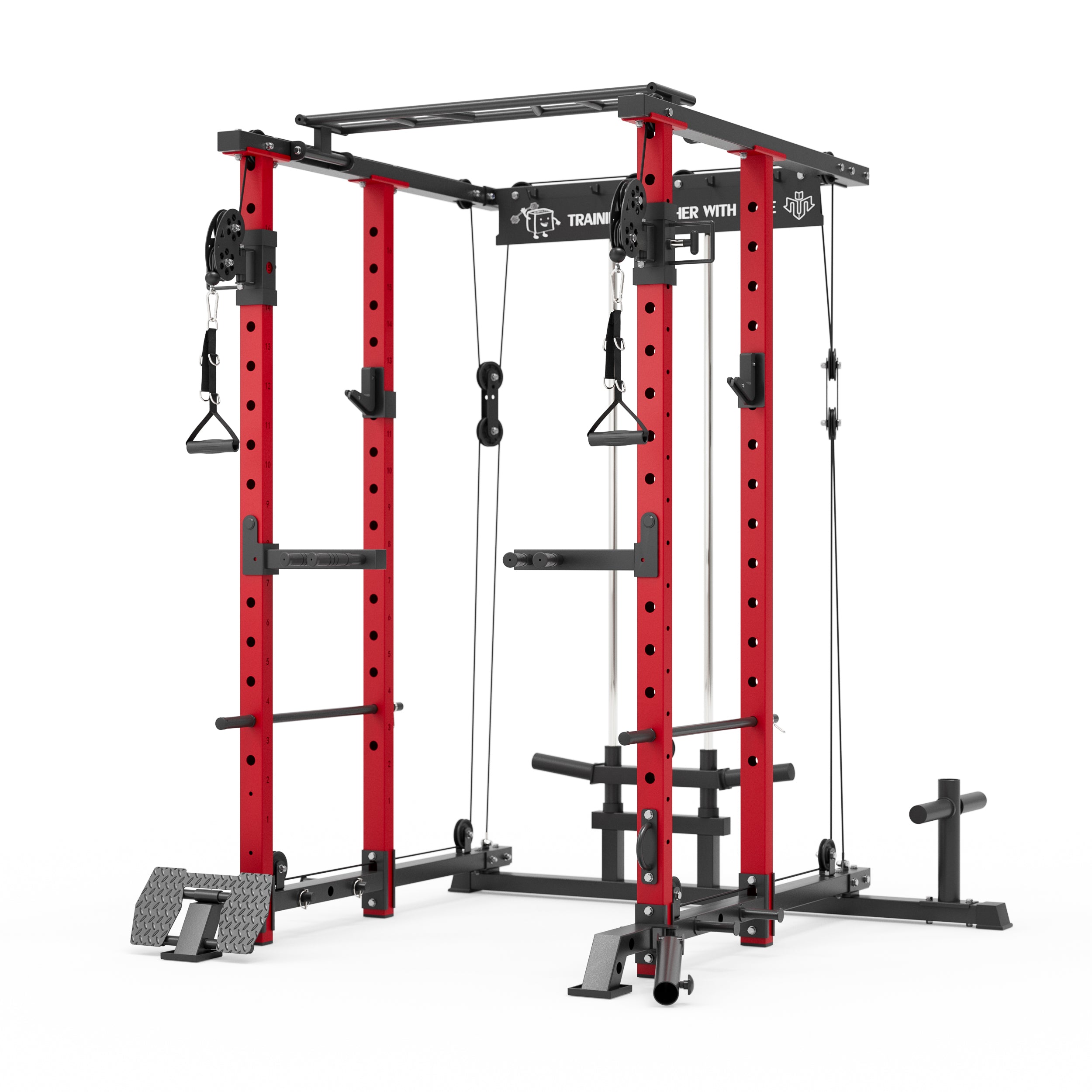


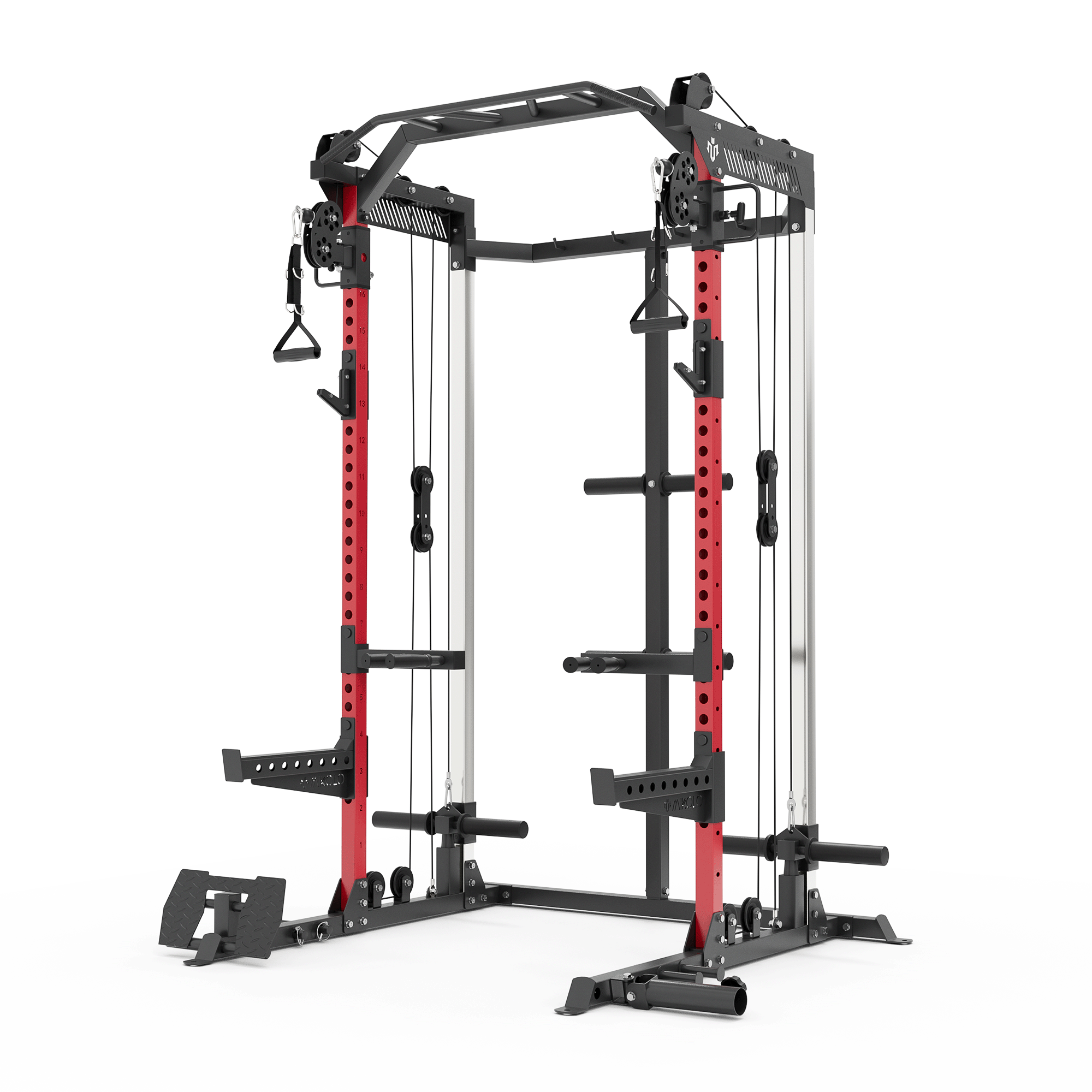




















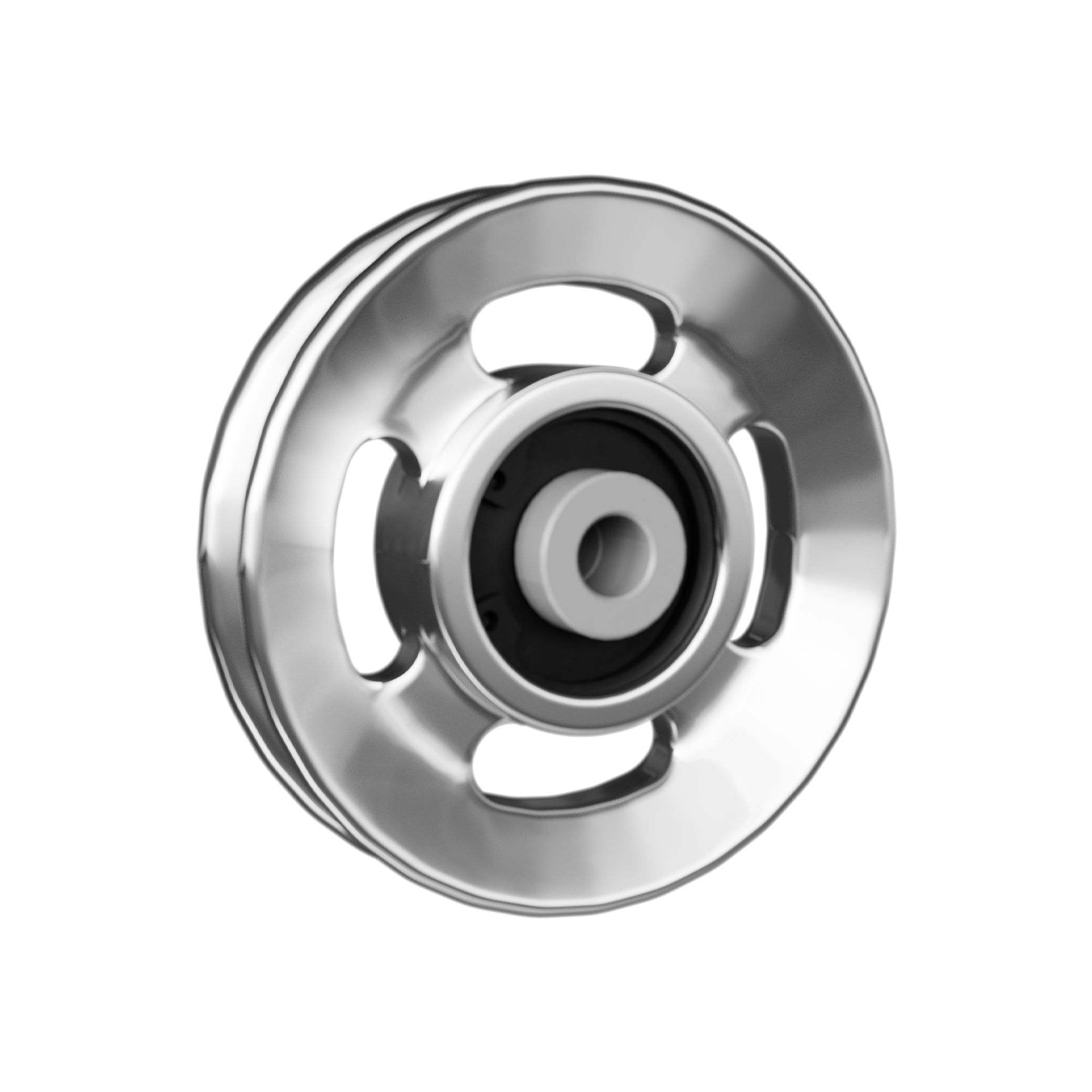



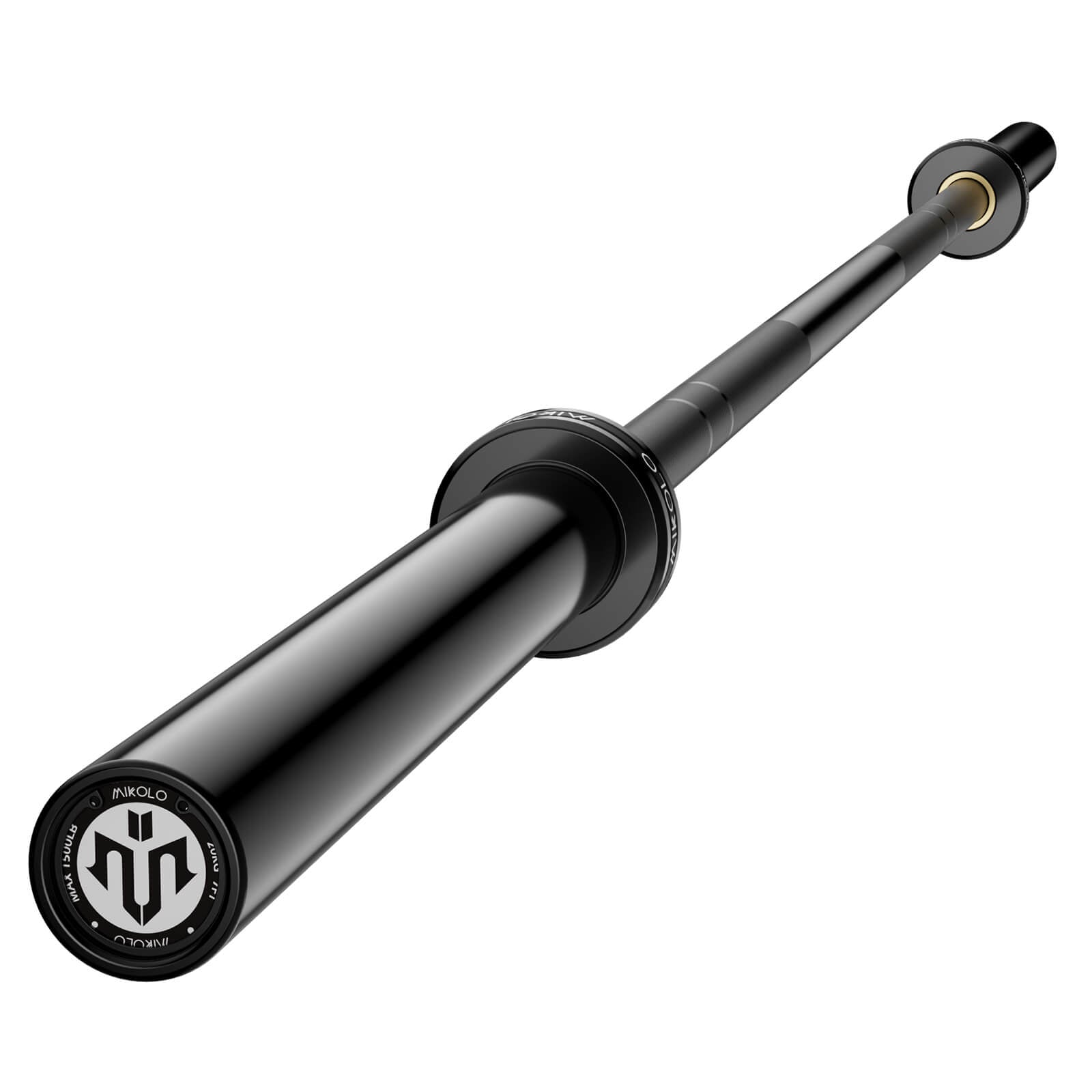




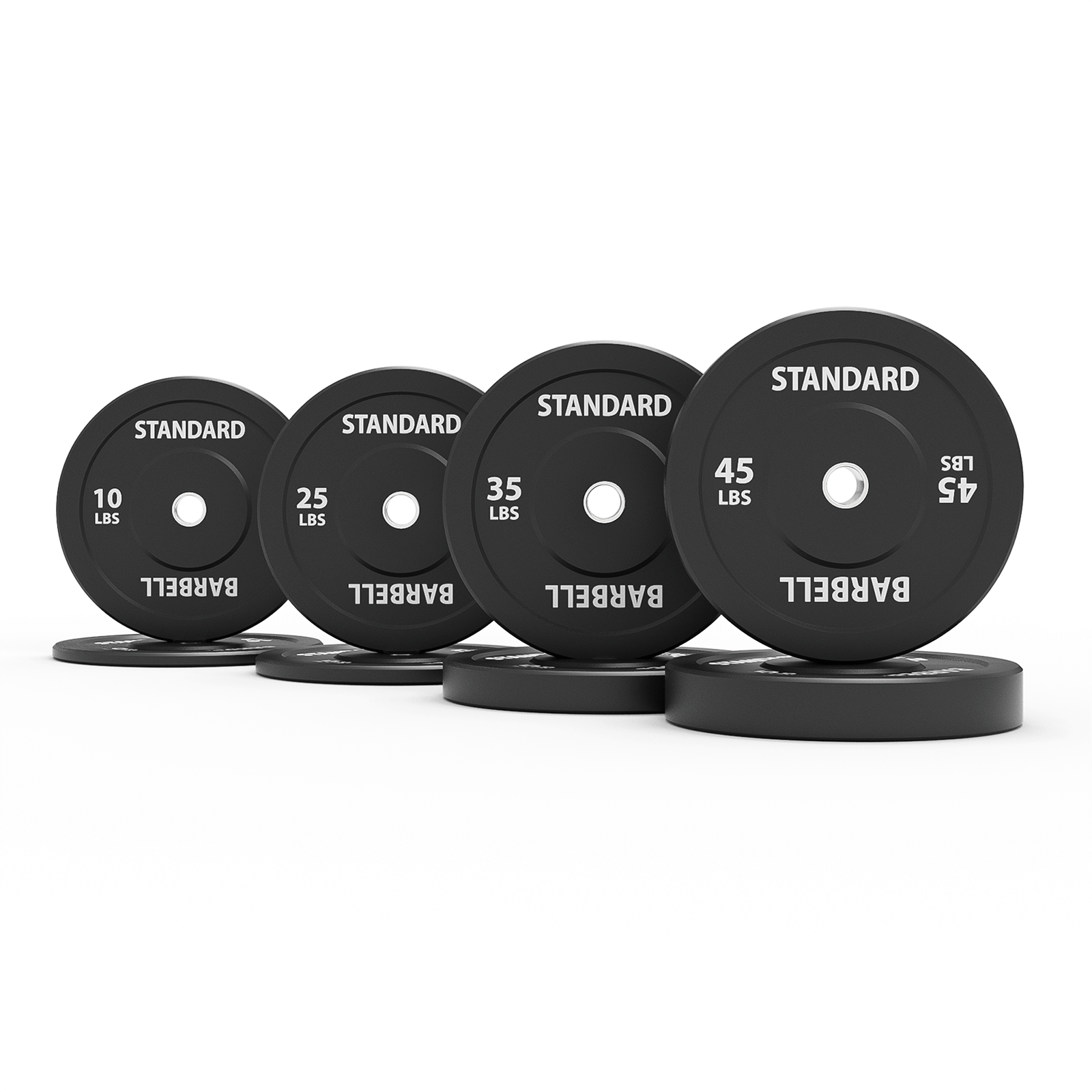




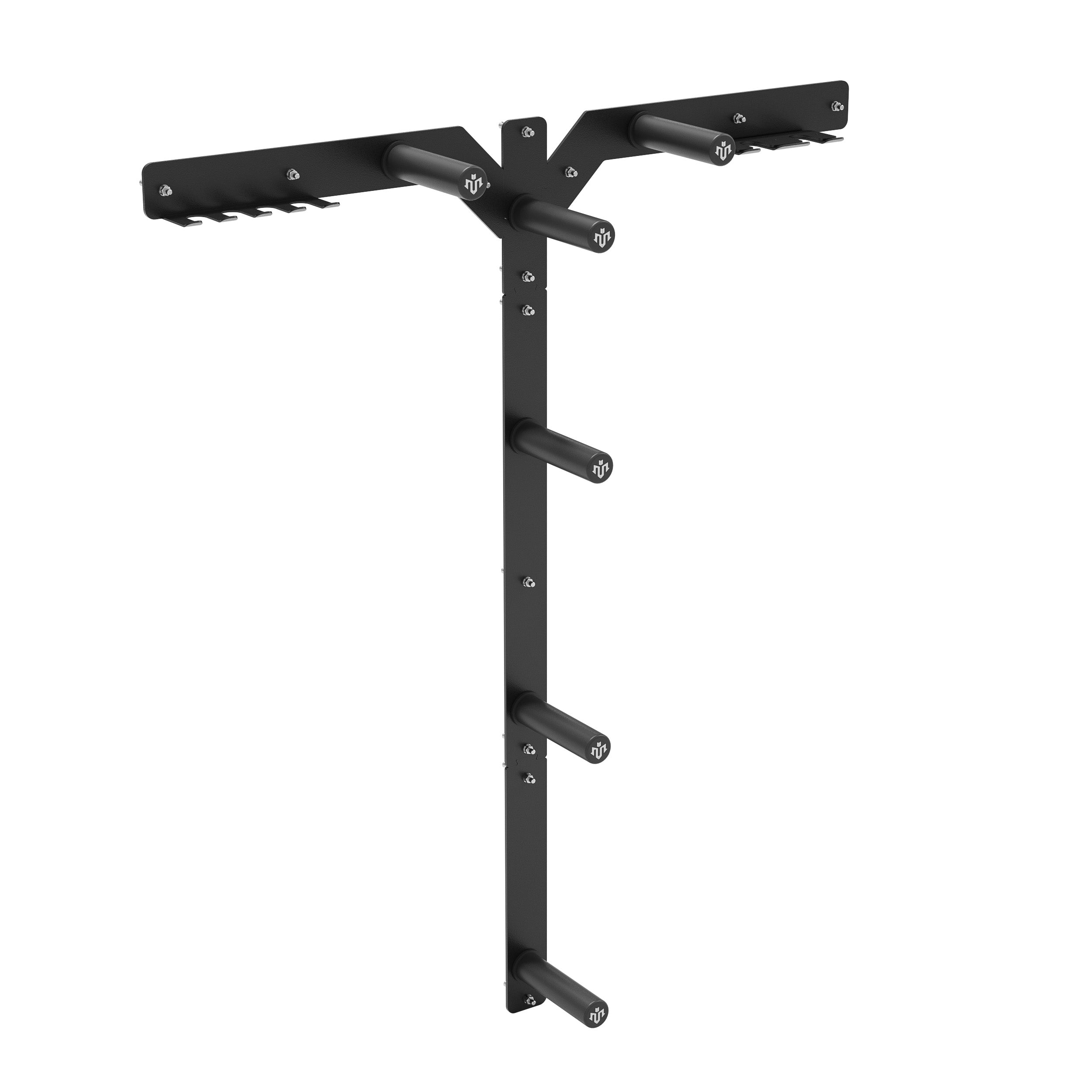




Leave a comment
This site is protected by hCaptcha and the hCaptcha Privacy Policy and Terms of Service apply.